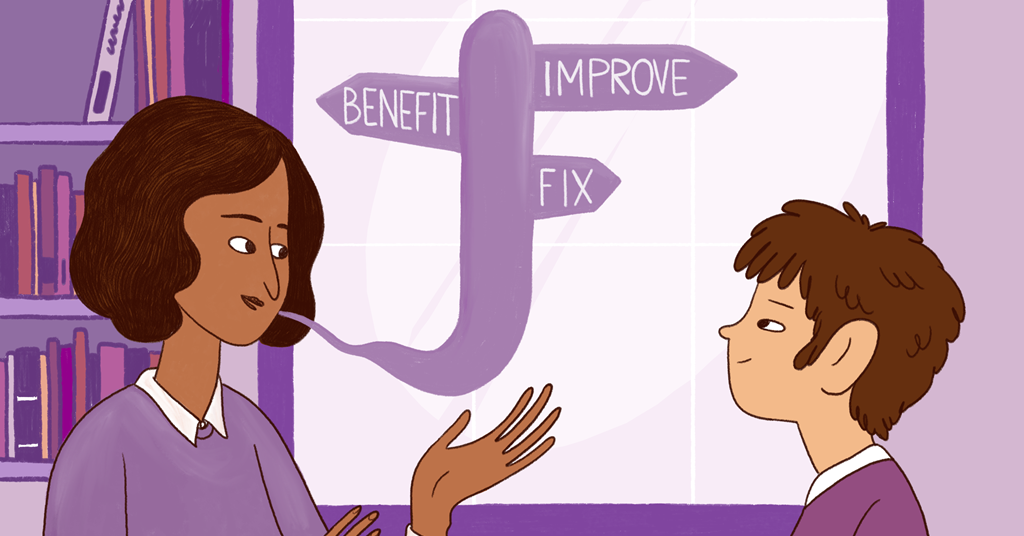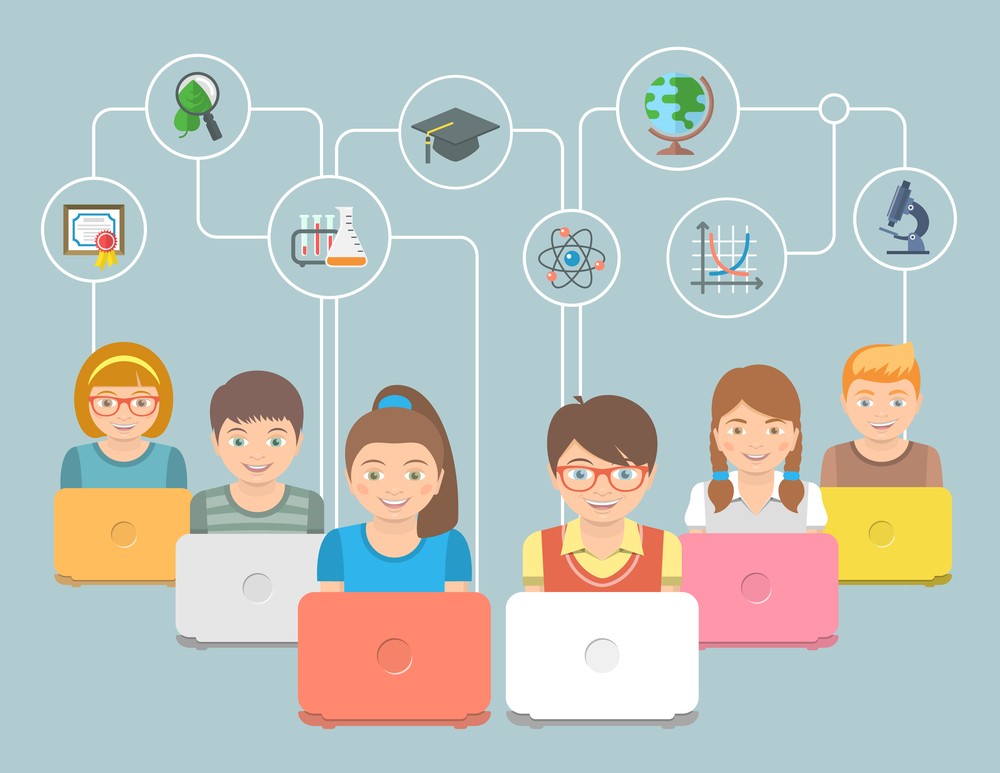2. -CALL in language education
Technology is used in every aspect of our lives, from communicating with friends to shopping, from education to media tools. Computers, and inevitably the Internet, have made it easier for people to communicate globally. And technological advances have not stopped and will undoubtedly continue.
BENEFITS OF CALL
Students and Instructors Can Receive Real-Time FeedbackNot only can errors be cataloged, but further analysis can be provided to help students improve and provide them with immediate feedback. Teachers can also use this data to inform their own teaching and as a tool to assess student performance.
The Learning Process Is More Interactive and Engaging
They come in a variety of forms, each designed to engage students. Students tend to respond more strongly to exploring and working with content in these new and exciting ways than they would in a traditional classroom setting. Because there are so many different ways of doing things, there is little risk of boredom. Usually are often interactive, engaging learners and making them the subjects of their own learning, thus increasing their engagement with the educational process.
Many programs take a tailored approach to students' personal development. The software adapts to the student's learning style by including games, interactive presentations, and assessments. Students can also set the pace they prefer, and the software adapts to that pace. A more personalized approach leads to greater engagement and better learning outcomes.
Technology Can Fill the Gaps for Students with Learning Differences.
CALL also impacts students with learning disabilities by improving access to students with diverse teaching and learning needs. Accessibility is a very important issue, which highlights the relevance of CALL in this area; CALL tools can address a range of specific needs through a personalized and adaptive approach.
DISADVANTAGES
CALL Can Become a Distraction.
Using CALL tools in the classroom can make it difficult for students to focus on live instruction. Keeping students' attention is a constant complaint about teachers at all levels, but when it comes to technology, students' attention is even more easily distracted.
It Can Be Expensive.
In most cases, the technology is expensive; acquiring and implementing a CALL solution can be challenging because of the costs involved. Trainers should keep in mind that more cost-effective solutions are available, especially if the tool is customized for a specific target group.
Whenever electronics affect something, it becomes more complicated, at least initially. Teachers have to learn how to use technology before their students can use it, and sometimes proper training can take valuable time.
CALL Activities Don’t Always Fit the Teacher’s Goals
When using programs, videos, and tutorials from elsewhere, it can be difficult to find a program that suits your needs and teaching style. Online tests may not contain the exact words you want to assess, or the video you are watching may not use all the parts of speech you need to emphasize. Teachers need to find ways to incorporate CALL into their teaching rather than letting CALL dictate the learning process, but sometimes it can be difficult to find that balance.
Limitations in the deployment of CALL materials
There are still some drawbacks that exist in terms of the deployment of CALL material. These will have to be addressed and include:
- Slow access
- Server complications
- End-user configuration unknown
- The potential need for plug-ins
- Technophobic students/teachers
CALL - AN INTERDISCIPLINARY DOMAIN
CALL has an interdisciplinary structure. It is based on psychology, second language acquisition (SLA), artificial intelligence (AI), computational linguistics, Instructional technology and educational design, and human-computer interaction (HCI). Thus, CALL is an interesting field because of the variety of perspectives and challenges because of the body of knowledge available; CALL professionals need to understand these other perspectives to improve CALL, avoid painful mistakes, and reinvent the wheel. Not everything from other disciplines can be directly applied to CALL, but many of the key themes and ideas are useful.
THE THREE STAGES OF CALL
The Structural CALL
Developed in the 1950s and was introduced in the 1960s and 1970s. Inspired by the behaviorist learning model, this type of language learning involves repetitive language practice and is referred to as “drill and practice”. The most famous training system, PLATO, runs on its own special equipment, consisting of a central computer and a terminal, and contains numerous exercises, grammatical explanations, and translation tests at different intervals (Ahmad, Corbett, Rogers & Sussex, 1985).
The Communicative CALL
Emerged in the late 1970s and early 1980s when behaviorist approaches to language teaching were discredited both theoretically and pedagogically, new personal computers offered more opportunities for individual work. Communicative CALL emphasized that computer-based activities should focus on the use of forms rather than on the forms themselves, teach grammar implicitly rather than explicitly, allow and encourage learners to produce original corpus rather than use prefabricated language, and use the target language primarily or exclusively as Emphasis was placed on the primary or exclusive use of the target language (Jones & Fortescue, 1987; Phillips, 1987). CALL projects developed during this period include text reconstruction projects (in which one or several groups of students rearrange words or texts to discover patterns of language and meaning) and simulations (designed to stimulate discussion and discovery in pairs or small groups).
The Integrative CALL
This requires both the integration of different skills
(e.g., listening, speaking, reading, and writing) and the
involvement of technology in the language learning
process. In an integrated approach, students learn to
use different technological tools as part of a
continuous process of language learning and use,
rather than going to a computer lab once a week to
practice individually.















In today’s classroom setting, it seems like we’re constantly battling with technology.
ResponderEliminarOn one hand, technology has revolutionized the way teachers teach and students learn.
Technology is important for children´s education nowadays. With the years, it have gone revolutionazed for new knowledge with new methods for students
ResponderEliminar